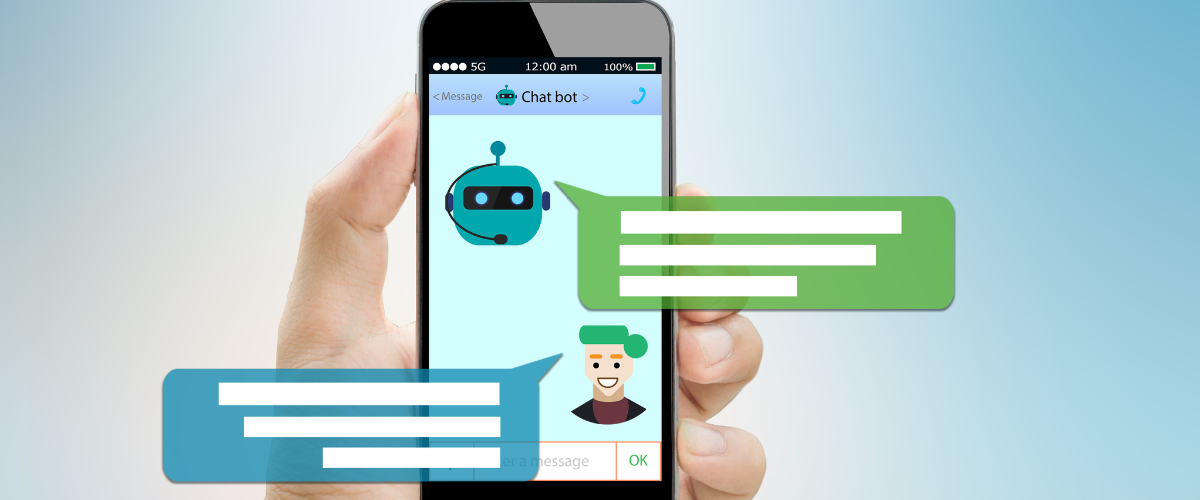
Chatbots (or chat robots) have become quite popular nowadays, especially among established businesses. These are automated programs that can be customized to provide product and shipping information, resolve minor problems, and point to articles in the knowledge base.
Companies prefer chatbots over real human customer services because chatbots offer improved customer experience with 24/7 availability, faster responses, and improved accuracy.
However, despite their advantages, chatbots come with their share of challenges, especially for small businesses. In order to be truly effective, these bots require complex programming and constant updates, which can be costly from a marketing standpoint.
Let’s look at some of the challenges of making chatbots more effective in the context of customer services.
High Cost
Since chatbots require a high level of coding, they can be quite costly. They need to be tailored to the specific needs and preferences of the business and its customers, and it’s usually difficult for small businesses to invest in this kind of customization.
Moreover, modern chatbots rely on machine learning algorithms and NLP to understand user queries. These algorithms are constantly evolving and to stay up-to-date chatbot developers must upgrade their software periodically. All these activities only add to the overall cost of maintaining a chatbot for your business.
Although chatbots offer long-term benefits in terms of low costs for operations and labor, it may not be possible for small businesses to arrange the upfront cost of developing chatbots.
Complex Customer Queries
Even the most sophisticated chatbots out there are designed to handle only simple and repetitive tasks. Entry-level chatbots are not capable of handling complex user queries, particularly ones that require human judgment and empathy.
Small businesses may lack the resources or capacity to program their chatbots to handle such intricacies. And this incapability may lead to customer frustration affecting their CSAT score and customer retention ratio.
Maintenance and Updates
Modern chatbots require constant maintenance and updates to ensure they remain effective and up-to-date. Based on customer feedback and recorded conversations, they need to be continuously trained with new data.
Moreover, there is a need to monitor these chatbots for performance so they can be refined based on customer experience.
It’s usually not feasible for small businesses to allocate time and resources for these activities. As a result, their chatbots may be underperforming and outdated.
User Experience and Trust
In order to have a positive user experience, chatbots need to build trust and engagement with customers. Entry-level chatbots do not offer this capability as they are limited in their ability to detect certain patterns and cues in human conversation.
Moreover, small businesses may lack the user experience (UX) design expertise required to create intuitive and user-friendly chatbot interfaces.
A poorly designed chatbot experience will only damage the reputation of a business and make customers try out other options.
Conclusion
Small businesses often have limited resources in terms of budget, manpower, and expertise. Since developing and maintaining a chatbot requires dedicated resources, it is often challenging for emerging companies to integrate chatbots in their customer services.
We have discussed here four challenges of chatbots that small businesses may have to face in case they decide to use them. It is also possible for these companies to opt for pre-built chatbot platforms or third-party call center services that offer customizable and cost-effective solutions.
Contact Steel Raccoon if you are struggling with your customer services as a startup, but still want to offer a seamless experience to your customers.
